Let’s be real—there are a lot of dog harnesses out there. Some are great. Some are meh. And some? They’re just bad news for your pup’s comfort, safety, and long-term health.
Whether you’re a new dog parent or just shopping for an upgrade, this post breaks down which harnesses are actually bad for dogs, how to spot them, and what to use instead.
So grab your treat pouch and let's get into it. 🦴🐶

❌ The Problem with “Cute Over Quality”
Let’s start here: not all harnesses are made with your dog’s wellbeing in mind. A lot of brands go heavy on the aesthetic—ruffles, bows, glittery prints—but light on things like fit, function, and ergonomics.
Here’s the truth: A bad harness might look adorable on Instagram, but it can…
-
Cause chafing or sores
-
Restrict your dog’s movement
-
Put pressure on delicate areas
-
Encourage pulling
-
Or worst of all—let them slip right out
And we’re not here for that.
⚠️ Types of Dog Harnesses That Can Be Bad
Not every harness is a red flag. But if you see these features, it might be time to walk away (pun intended):
1. Tight, Non-Adjustable Harnesses
🔍 Why it's bad:
Harnesses that don’t offer adjustability are a fit nightmare. If it's too tight, it can rub under your dog’s legs or across their chest, causing irritation. Too loose? It turns into a doggie slip-n-slide.
✅ What to use instead: Look for multi-point adjustable harnesses, like Dogistry’s Luxe No-Pull Harness, that fit snugly and grow with your pup.
2. Thin, String-Like Straps
🔍 Why it’s bad:
These look dainty but can dig into your dog’s skin, especially with pulling. They also don’t distribute pressure well, which can lead to joint strain or injury over time.
✅ What to use instead: Choose padded, wide straps with even pressure distribution across the chest and shoulders.
3. Harnesses That Only Clip at the Back
🔍 Why it’s bad:
Back-clip-only harnesses can actually encourage pulling, especially in strong or high-energy dogs. Your pup leans into the resistance like a sled dog in training.
✅ What to use instead: A dual-clip harness (front + back) offers better control and discourages pulling.
4. Over-the-Head Harnesses Without Adjustments
🔍 Why it’s bad:
These can be hard to get on (especially for anxious pups), and they often don’t fit properly around both the neck and chest.
✅ What to use instead: Step-in harnesses with adjustable neck and belly straps are easier to use and customize.
5. Harnesses That Rub Under the Legs
🔍 Why it’s bad:
If the chest strap sits too far back, it can rub the armpits raw during walks. You might not notice at first, but your pup definitely will.
✅ What to use instead: Look for harnesses with a contoured fit and padded chest plate—like the one from Dogistry.
6. Harnesses with Weak or Cheap Buckles
🔍 Why it’s bad:
We’ve seen it happen: one tug and snap, the buckle breaks. Low-quality plastic can crack in the cold or wear down over time.
✅ What to use instead: Heavy-duty plastic or metal hardware that’s built to last (plus locking features if you’ve got an escape artist).
7. Harnesses That Restrict Shoulder Movement
🔍 Why it’s bad:
Some harnesses wrap right across the shoulder joints, which can interfere with your dog’s natural stride—especially in active breeds.
✅ What to use instead: Look for Y-shaped or ergonomic designs that let the front legs move freely.
🏆 The Harness That Gets It Right: Dogistry’s Luxe No-Pull Harness
✨ This harness was literally made to avoid all of the above.
✅ Why it stands out:
-
Step-in design for fuss-free use
-
Adjustable in 3 places for a perfect fit
-
Front and back leash clips for control and flexibility
-
Wrap-around buckle for added security
-
Soft, breathable neoprene padding
-
Stylish but safe—because function and fashion can coexist
“It’s the harness we wish existed sooner.” – Every dog mom and dad, ever.
👉 Shop the Dogistry Luxe No-Pull Harness

🐾 Bonus Tips for Harness Shopping:
-
Always measure before buying—don’t guess!
-
Check reviews for durability and real-life fit
-
Watch how your dog walks in it—are they comfy? Is their stride natural?
-
Check for redness, irritation, or hot spots after walks
💬 Real Talk: Your Dog Deserves Better Than a Bad Harness
Dogs don’t complain when something’s uncomfortable—they just deal with it. So it’s on us to make sure their gear is as comfy and secure as it is cute.
The wrong harness can cause problems you might not see right away. But the right one? It makes walks easier, training smoother, and your dog way happier.
So skip the bad harnesses and treat your pup to the real deal—escape-proof, no-pull, no-chafe goodness from Dogistry.








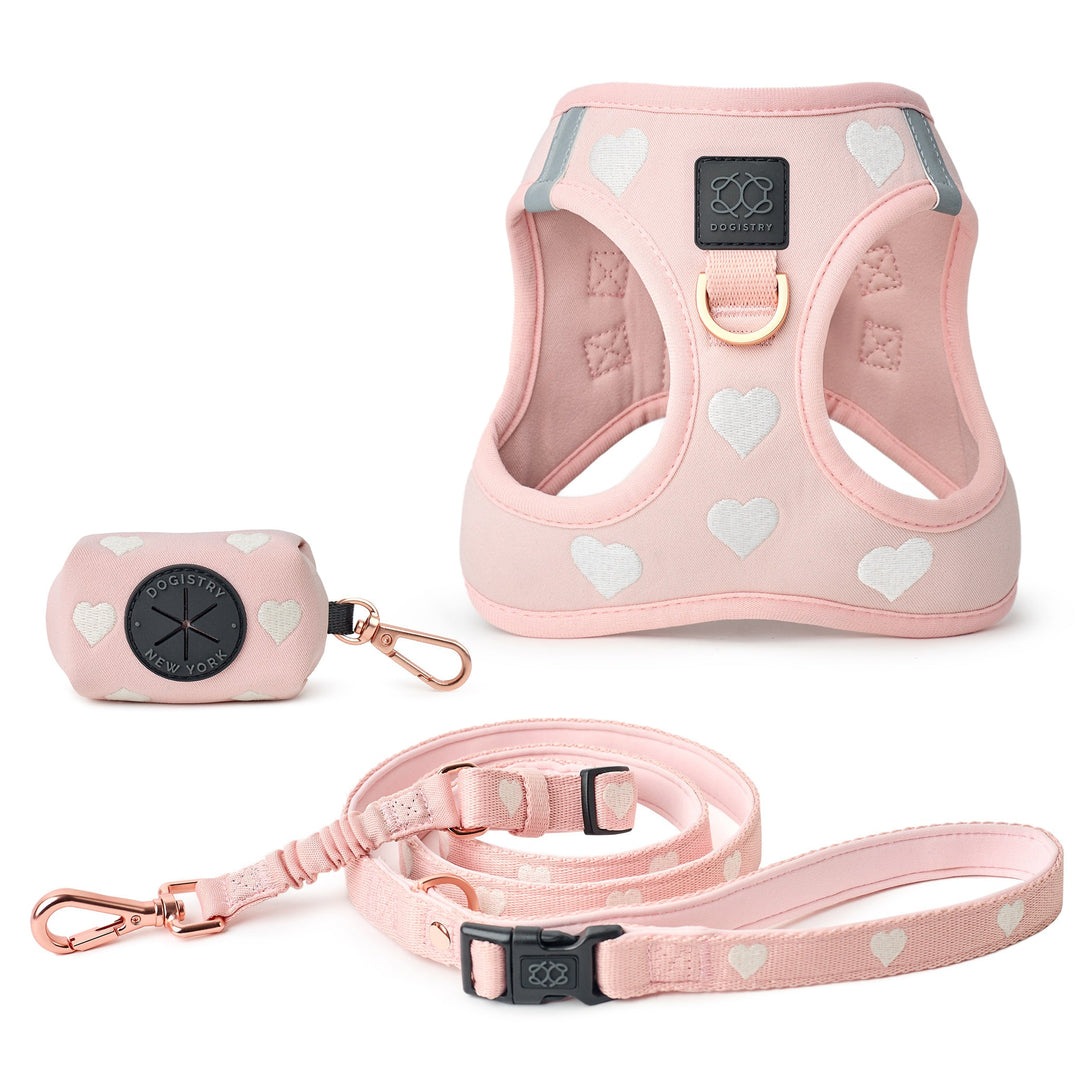
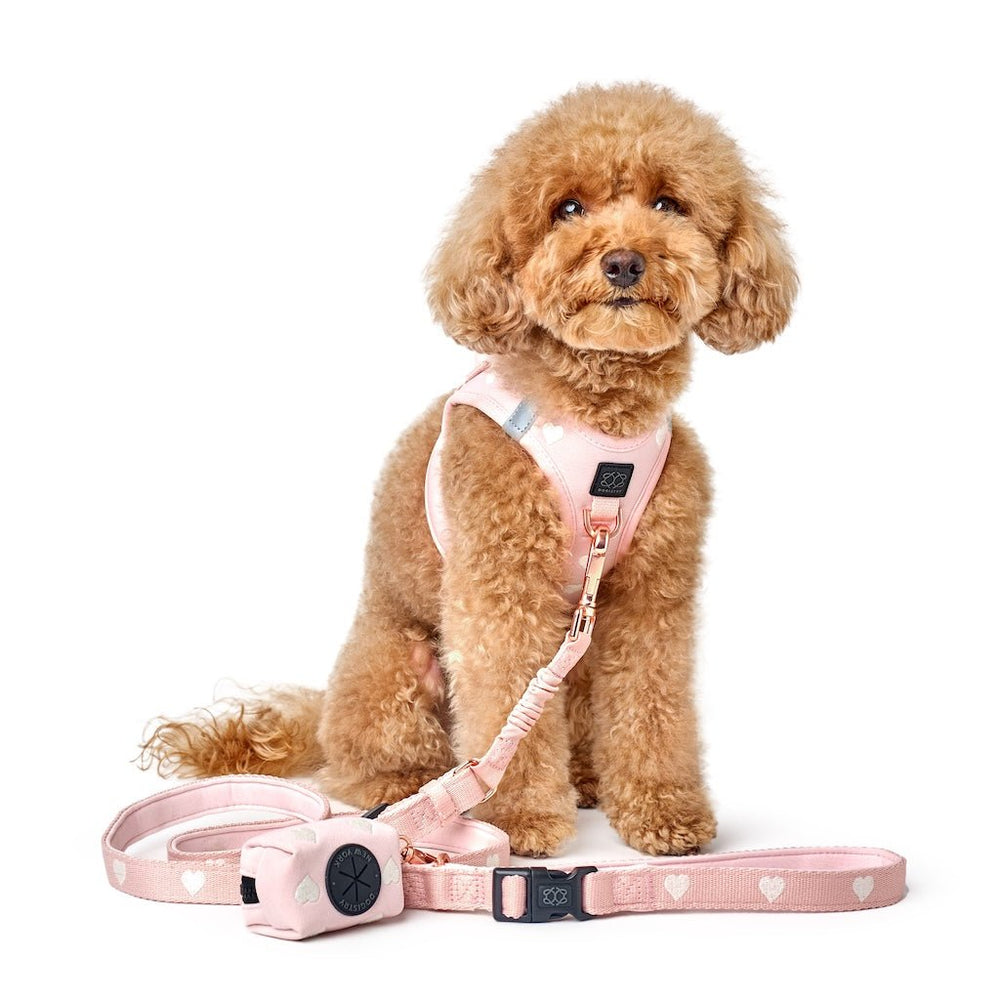
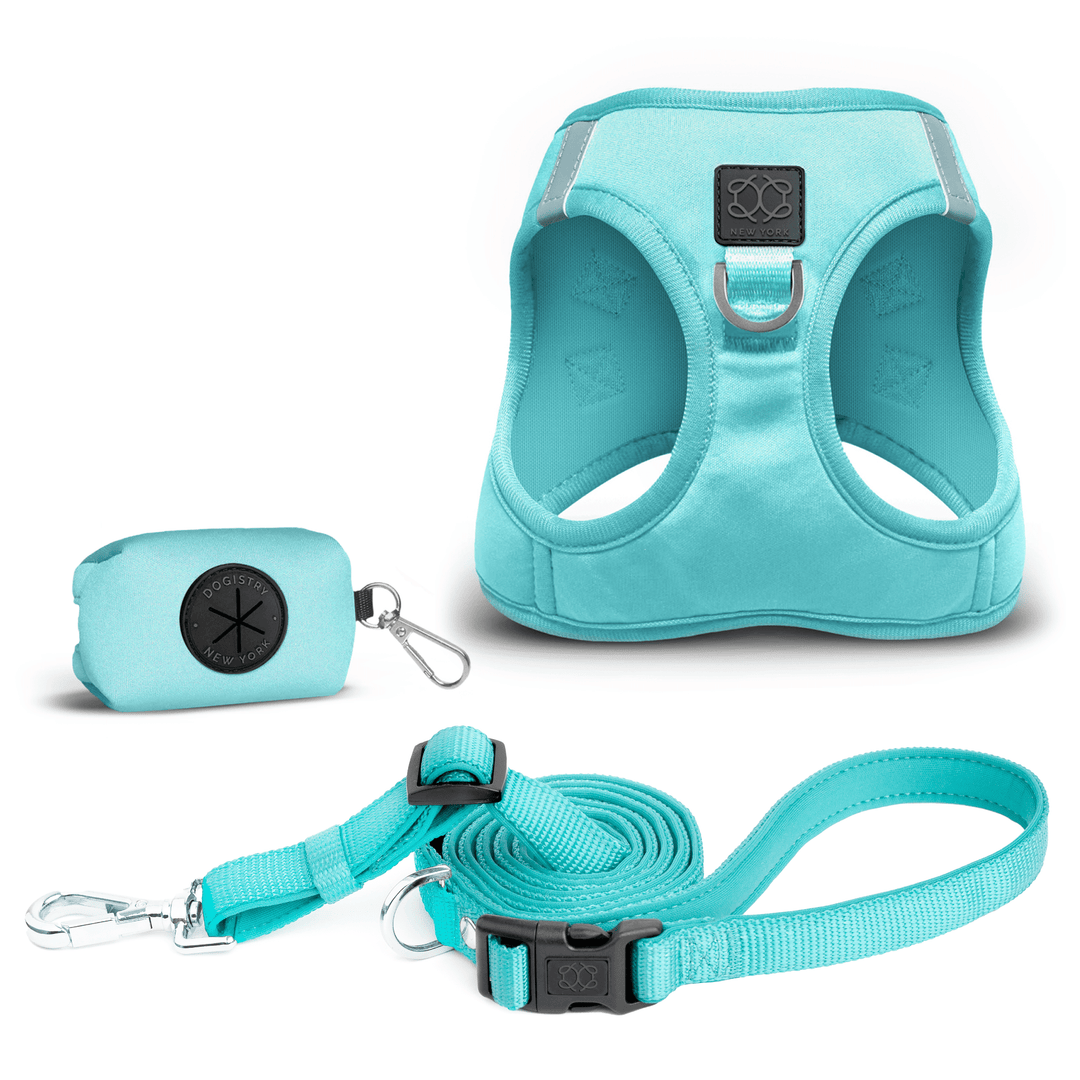
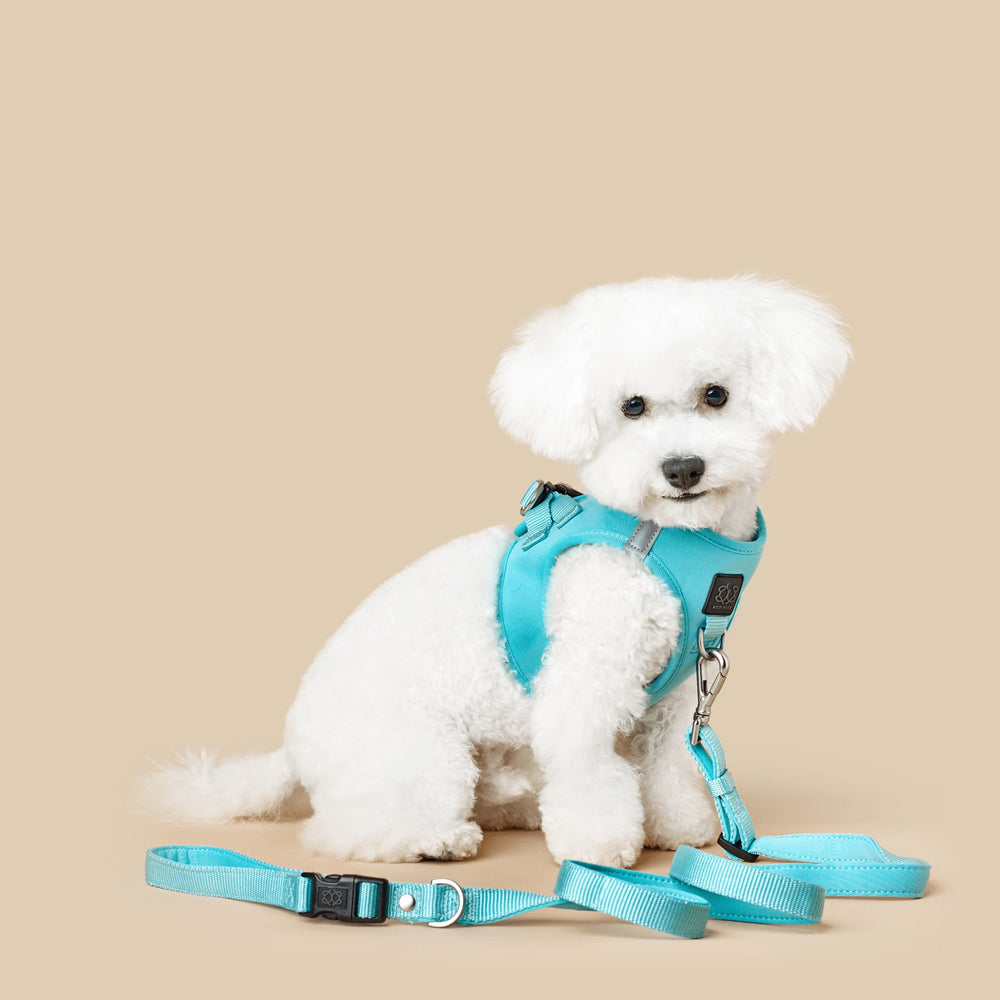
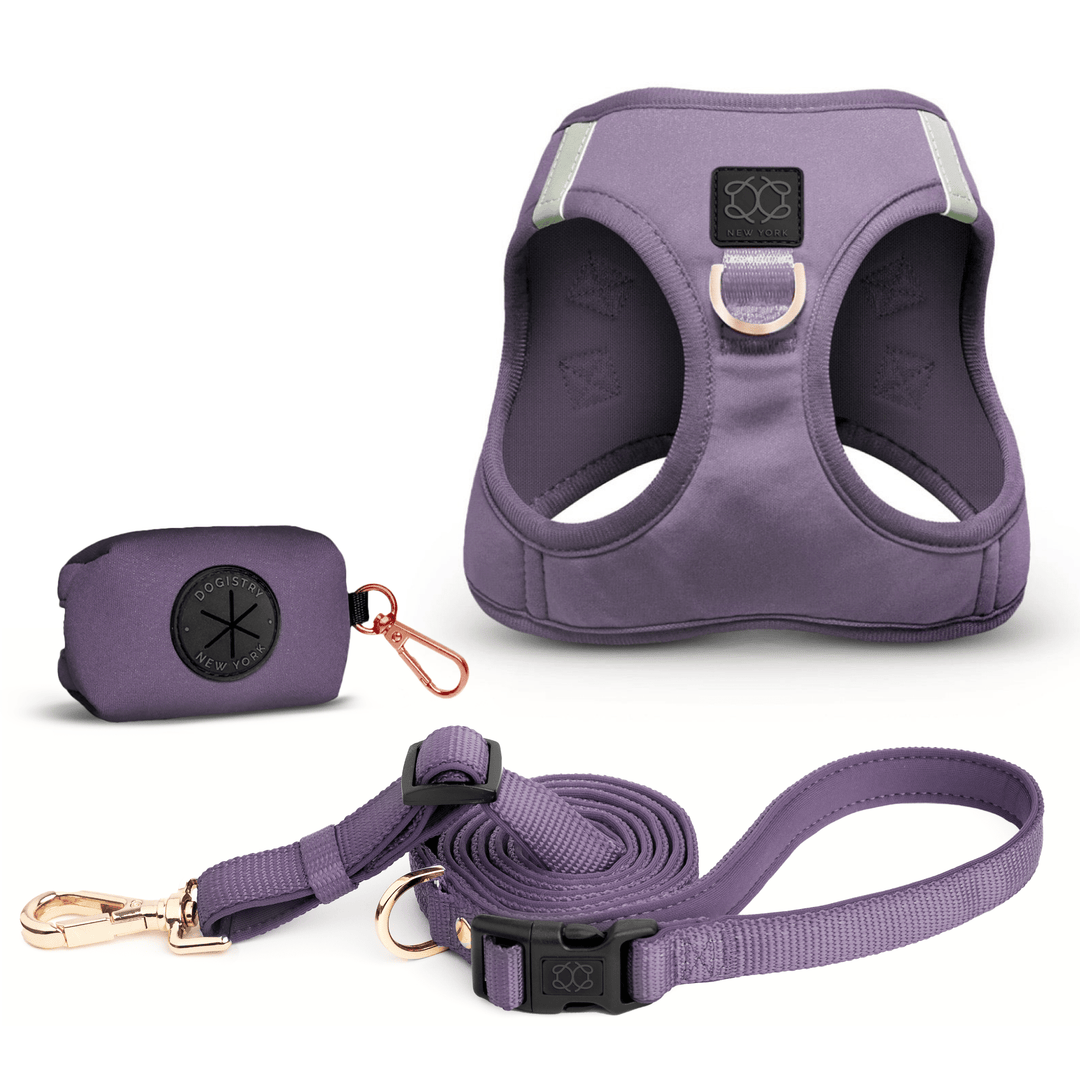
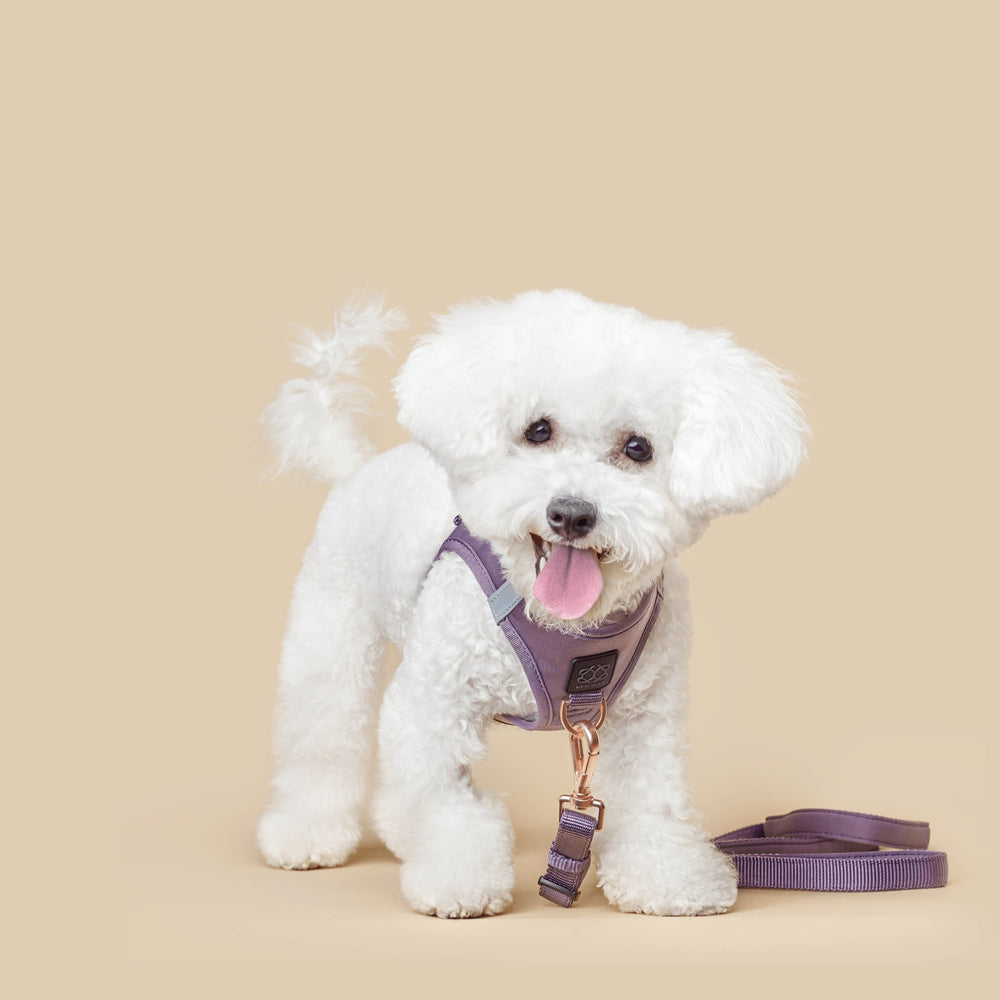
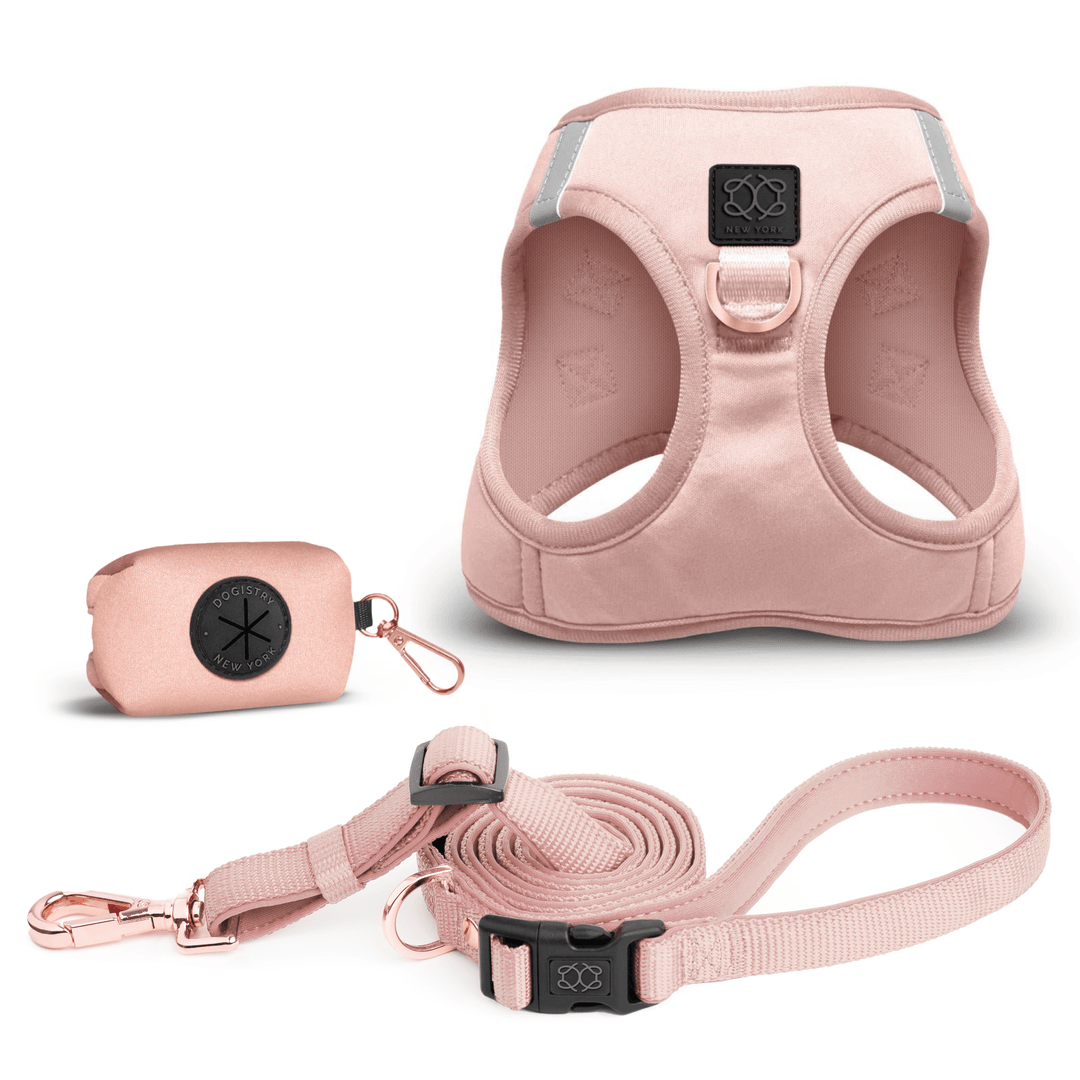
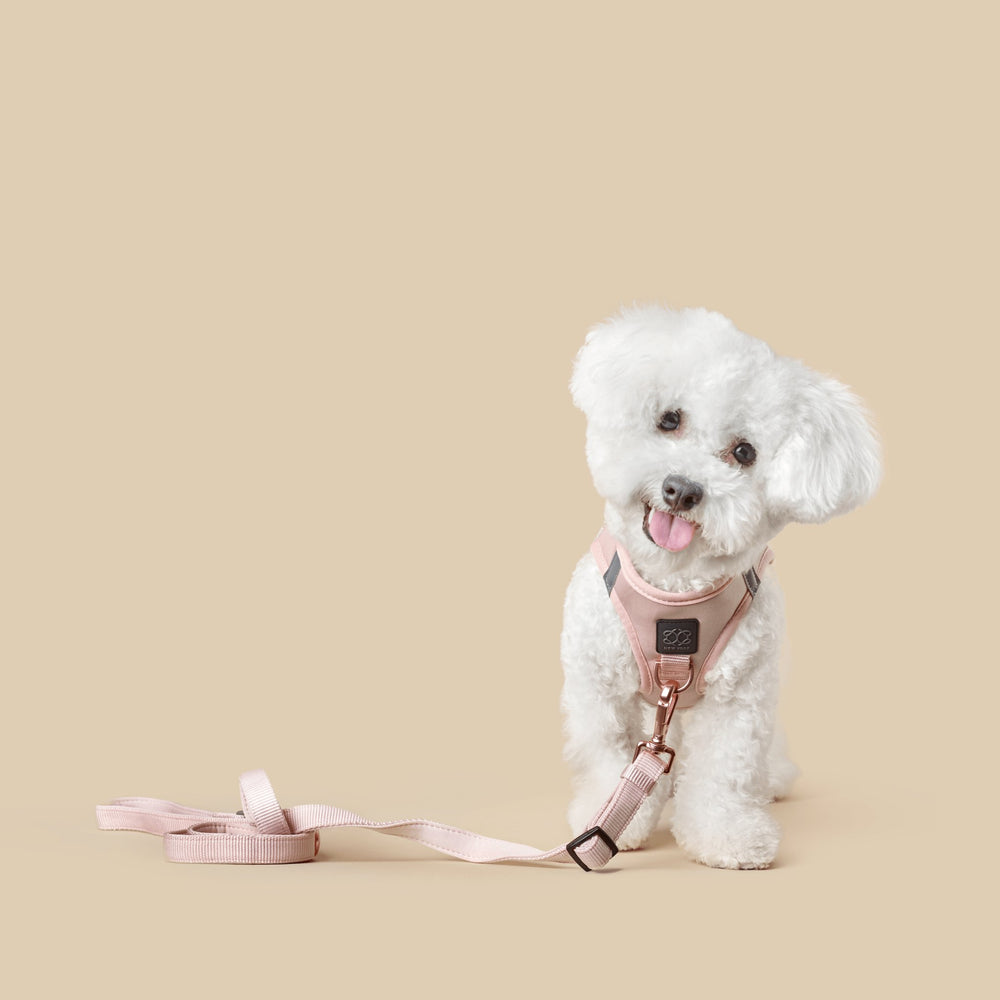


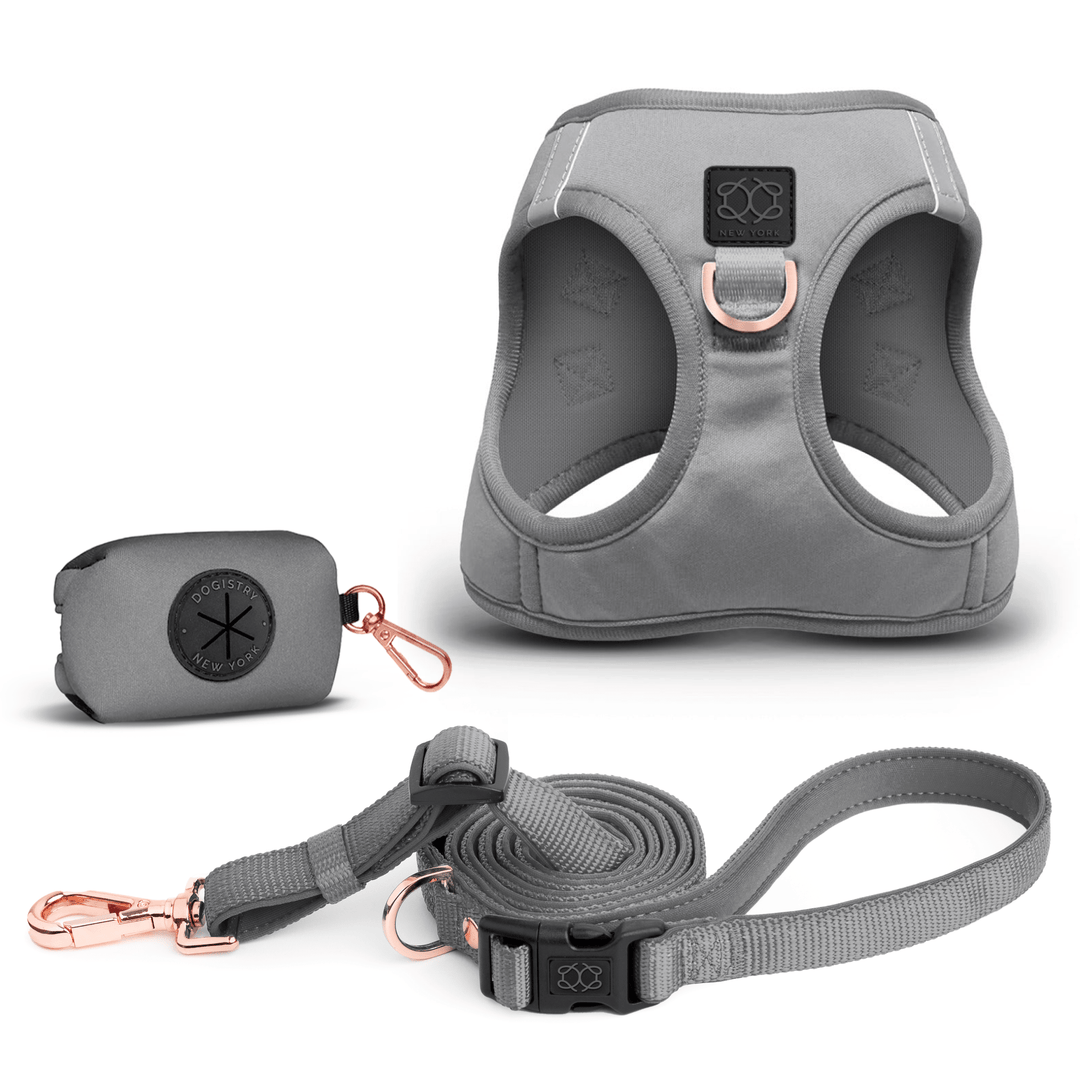
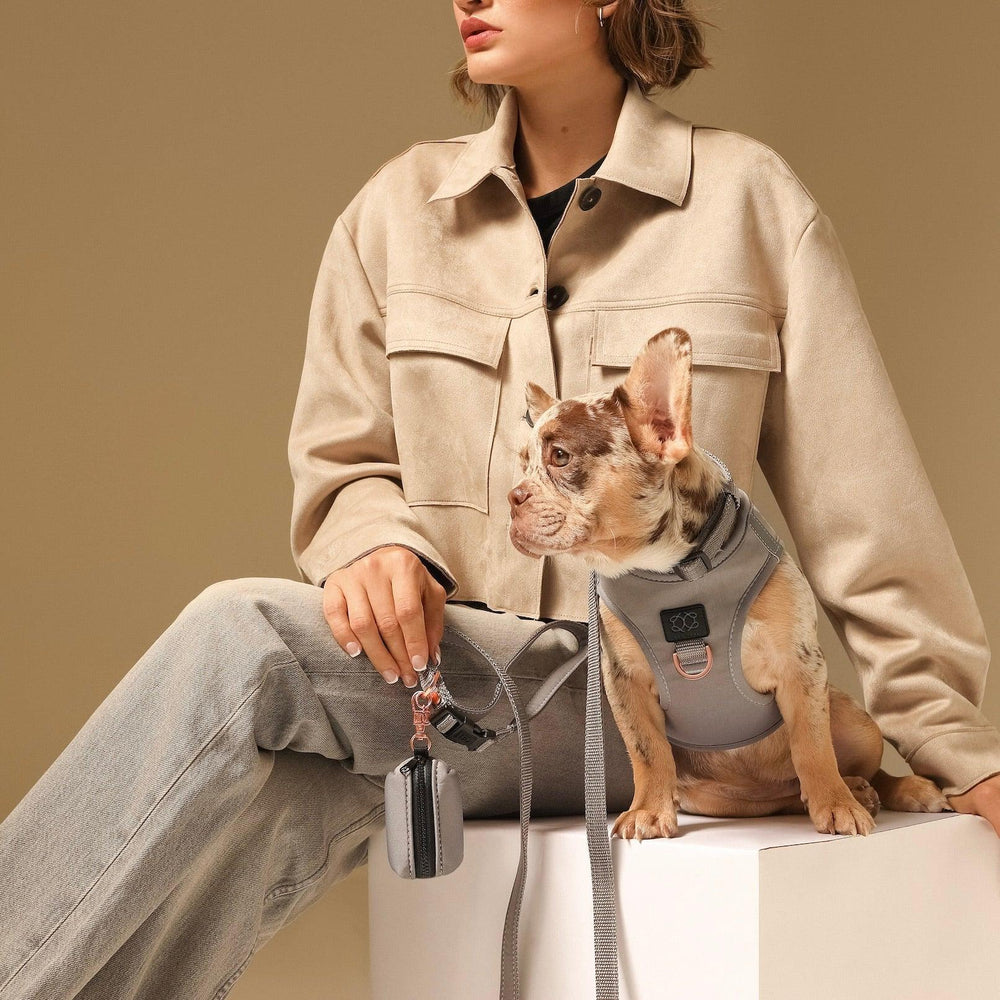
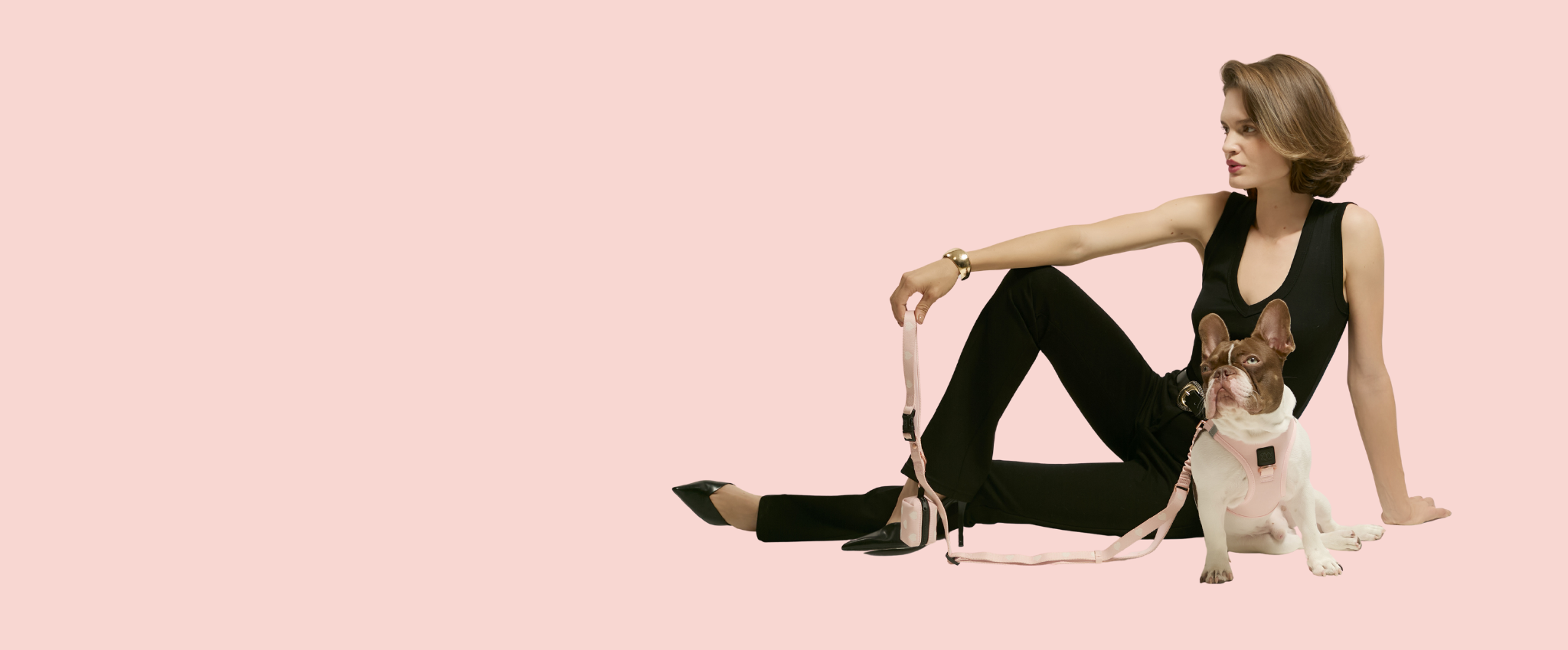
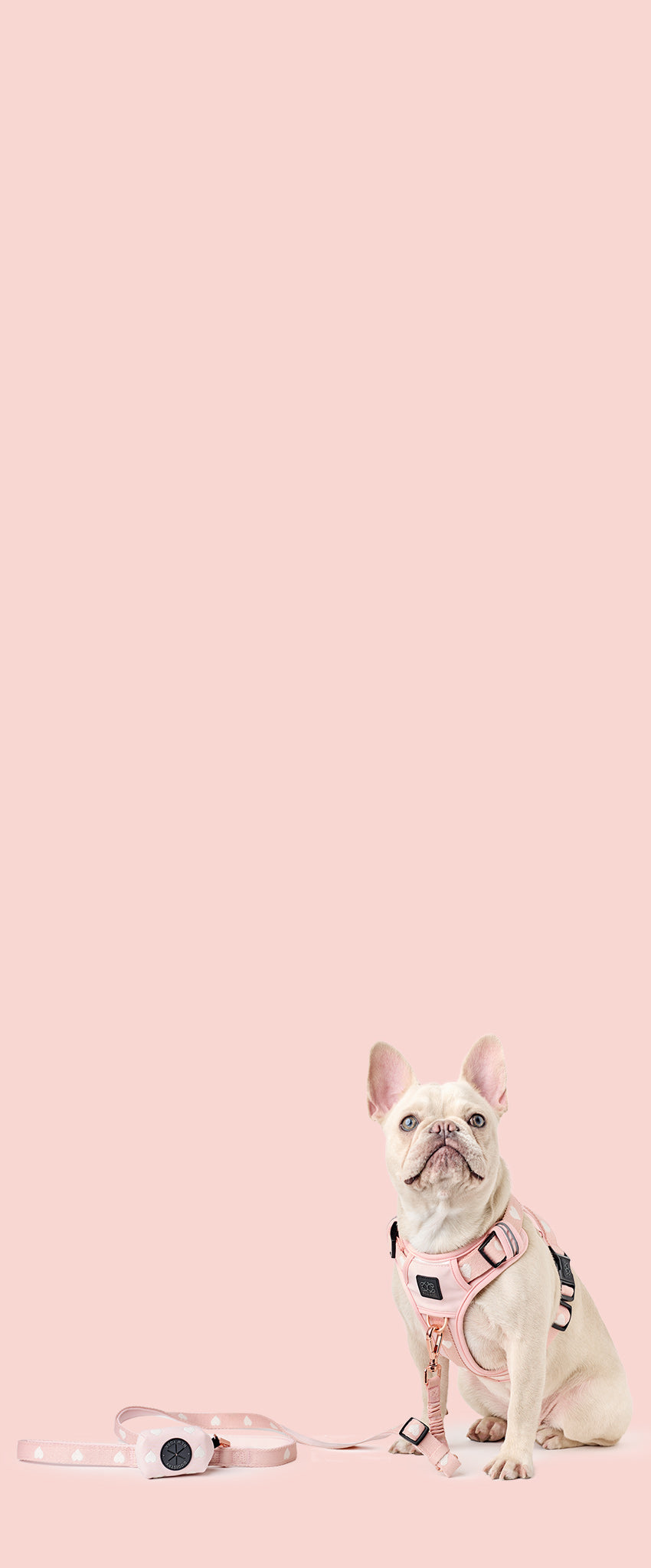
Leave a comment